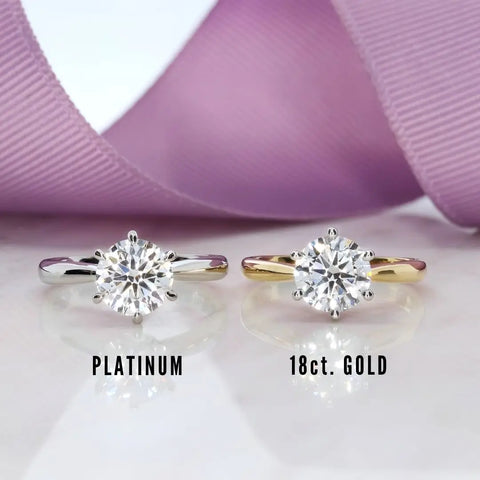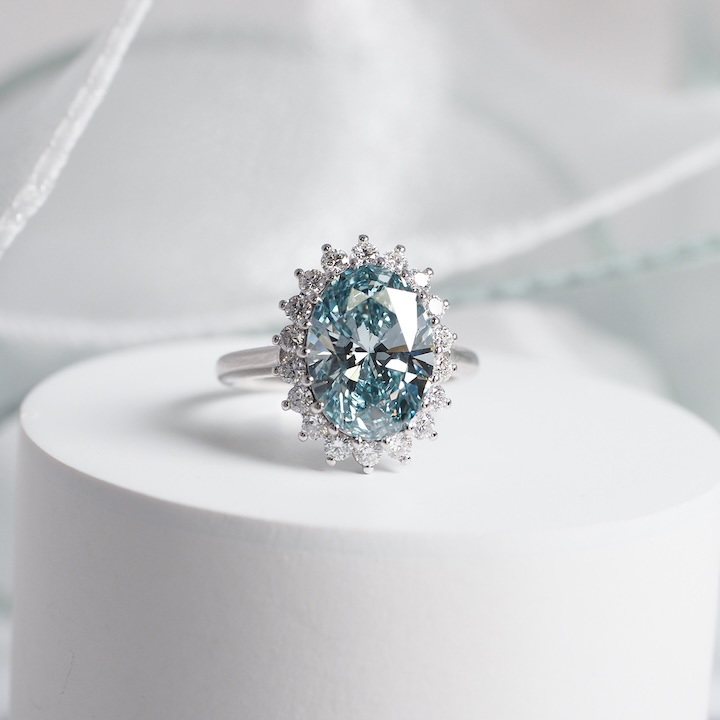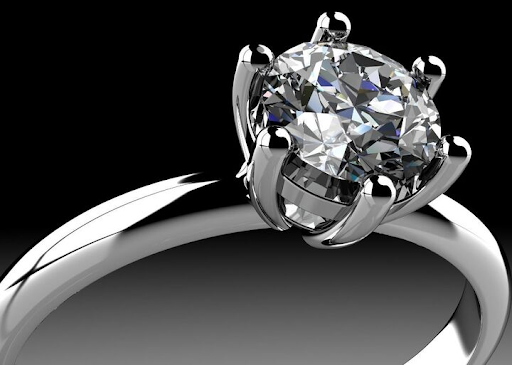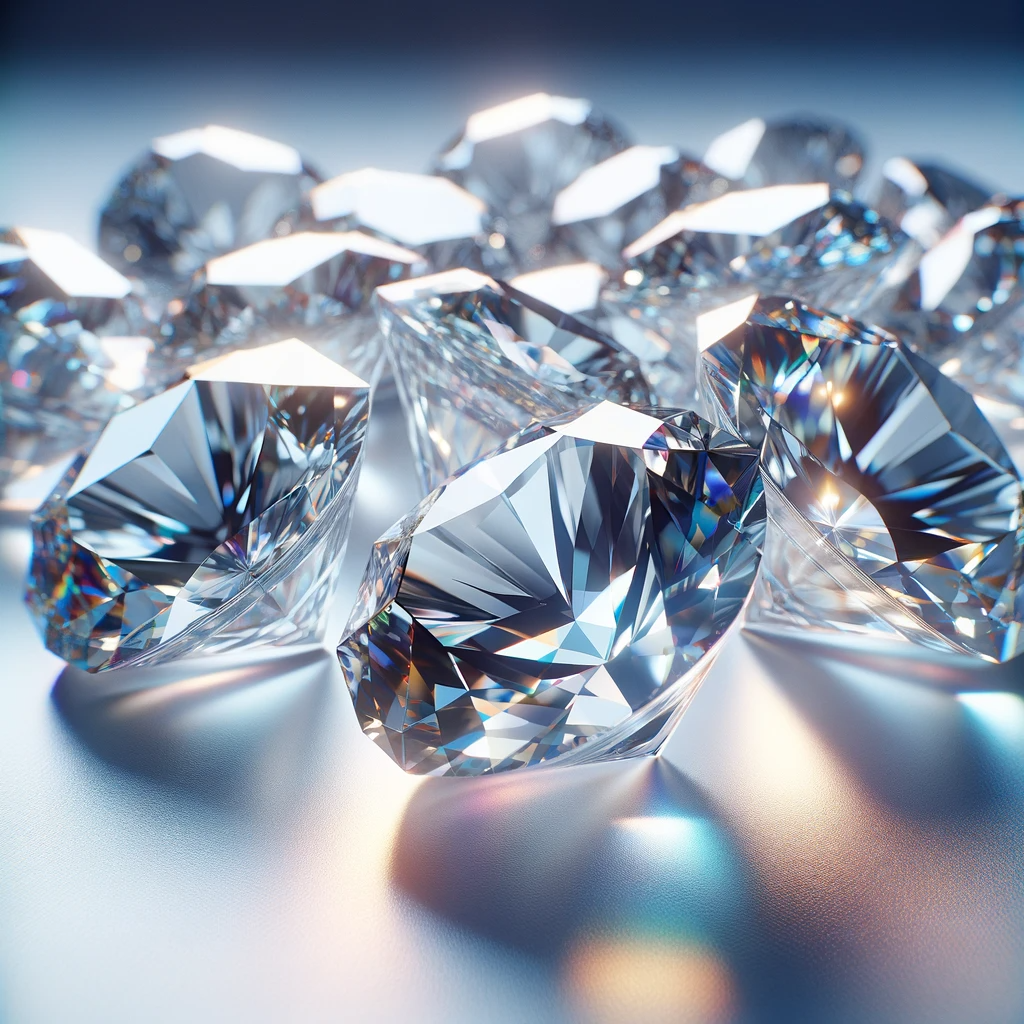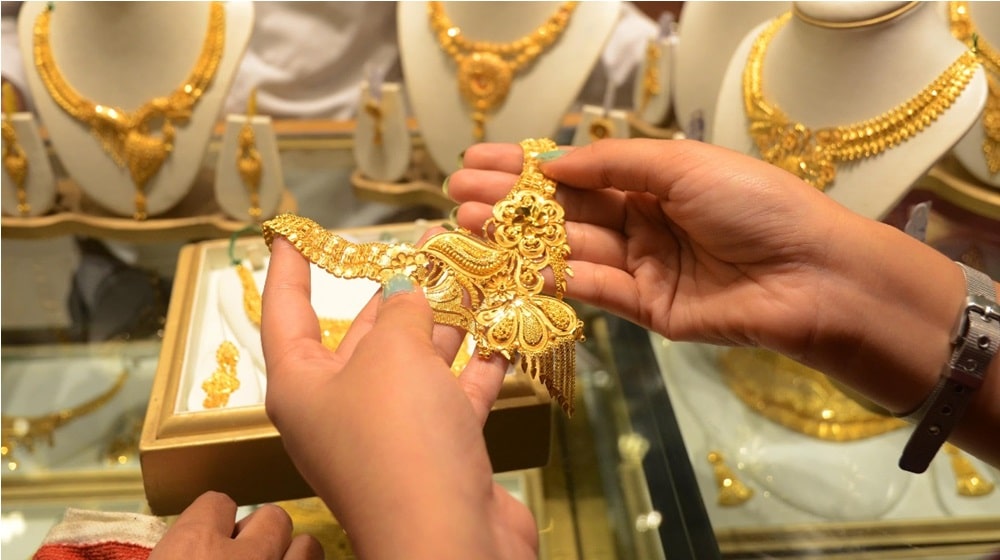When it comes to choosing the perfect engagement ring or piece of fine jewelry, two popular metals for settings are platinum and gold. Both metals have their unique qualities and aesthetic appeal, but when paired with lab grown diamonds, they offer an even wider range of options for those looking for a sustainable yet luxurious piece. In this article, we will compare platinum vs gold lab grown diamond rings to help you make an informed decision for your jewelry selection.
Understanding Lab Grown Diamonds
Before diving into the comparison of platinum vs gold lab grown diamond rings, it’s important to understand what lab grown diamonds are. These diamonds are created in a controlled laboratory environment and are chemically, physically, and optically identical to natural diamonds. Lab grown diamonds offer a sustainable alternative to mined diamonds, making them a popular choice for environmentally-conscious buyers. Both platinum and gold settings can beautifully showcase these diamonds, but each metal has its own set of characteristics that can influence the overall look and durability of the ring.
Durability: Platinum vs Gold Lab Grown Diamond Rings
One of the most crucial factors in choosing between platinum vs gold lab grown diamond rings is durability. Platinum is often regarded as the most durable of all precious metals. Its natural properties make it highly resistant to wear and tear, and it doesn’t tarnish over time. This makes platinum an excellent choice for those seeking a long-lasting, low-maintenance ring. On the other hand, gold, while still durable, is generally softer than platinum and may show signs of wear over the years, especially if you choose a lower karat gold.
When paired with a lab grown diamond, platinum settings will provide superior strength and longevity, protecting the diamond securely in place. Gold lab grown diamond rings, however, can still offer plenty of durability, particularly if you opt for higher karat gold such as 18k or 22k gold. Therefore, platinum may be the better option for those seeking extra durability, especially for everyday wear.
Appearance and Aesthetic Appeal
Both platinum and gold have unique visual qualities that can enhance the beauty of a lab grown diamond. Platinum has a naturally white and silvery shine that pairs perfectly with the brilliance of a lab grown diamond. The color of platinum also complements lab made diamonds by providing a neutral backdrop that allows the diamond’s sparkle to stand out. For a sleek and contemporary look, platinum lab grown diamond rings are an excellent choice.
Gold, on the other hand, is available in several colors, including yellow, white, and rose gold. Yellow gold offers a warm, classic appearance that pairs beautifully with lab grown diamonds, giving the ring a vintage or traditional feel. Rose gold, with its reddish-pink hue, adds a romantic and modern touch to the design, while white gold provides a similar look to platinum but at a more affordable price point. The versatility in color options for gold lab grown diamond rings allows for a wider range of personalized styles.
Cost Considerations: Platinum vs Gold Lab Grown Diamond Rings
When comparing platinum vs gold lab grown diamond rings, cost is an important factor to consider. Platinum is typically more expensive than gold due to its rarity, density, and the amount of metal required to create a ring. Additionally, platinum is more difficult to work with in the jewelry-making process, which can drive up the cost. However, while platinum lab grown diamond rings may come with a higher initial price, their long-term value is often seen as more cost-effective because of their durability and resistance to wear.
Gold, on the other hand, is more affordable than platinum. The price of gold lab grown diamond rings can vary depending on the karat of the gold, with higher karat gold (like 18k or 22k) generally being more expensive than lower karat gold. However, gold still offers a luxurious and beautiful option for those looking for a more budget-friendly lab grown diamond ring. If you’re on a tight budget but want the elegance of a lab grown diamond, gold can be a great alternative.
Maintenance and Care
Caring for platinum vs gold lab grown diamond rings is another important factor to consider. Platinum is low-maintenance and doesn’t require much upkeep to maintain its shine. Over time, platinum may develop a patina (a soft sheen) that many people find desirable. If you prefer to keep the original shine, a quick polishing by a jeweler can restore its luster.
Gold, especially higher-karat gold, requires more care to prevent scratches and dents. Over time, gold can lose its shine, particularly if the gold is exposed to harsh chemicals or everyday wear. Regular cleaning is recommended to maintain the ring’s appearance, and a jeweler may need to replate the gold with rhodium (in the case of white gold) to preserve its finish.
Conclusion: Platinum vs Gold Lab Grown Diamond Rings
Choosing between platinum vs gold lab grown diamond rings ultimately depends on your personal preferences, lifestyle, and budget. If you prioritize durability and a timeless, elegant aesthetic, platinum is the way to go. Its strength and resistance to wear make it an excellent choice for those who want a low-maintenance ring that will last a lifetime. However, if you’re looking for a more affordable option or prefer a specific color, gold offers a wide variety of choices that still complement the brilliance of lab grown diamonds.
Both platinum and gold lab grown diamond rings provide a sustainable, beautiful, and ethical option for couples and jewelry lovers alike. Whether you choose platinum for its durability or gold for its versatility, rest assured that you’ll be wearing a piece of jewelry that’s both luxurious and environmentally responsible.



